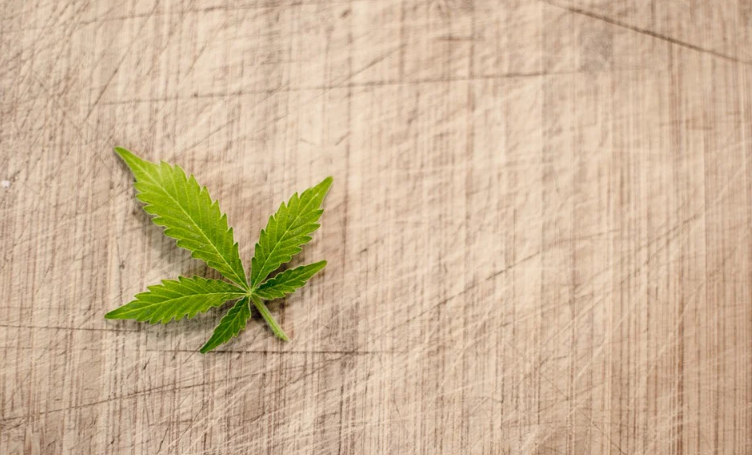I bought the best grade AAAA ganja online from a Canadian weed shop. That statement seems easy to obtain cannabis online. Do you know that the pot has been used for centuries as a source of medicine – for the ancients a perfectly normal medicinal plant? Even as technology became part of our way of life, it was considered a viable alternative for many illnesses. But in 1923, the Canadian government banned marijuana. Although marijuana cigarettes were confiscated starting in 1932, nine years after the laws were passed, it was two decades before the first marijuana possession charge was brought against anyone. The following are historical points on the Canadian medical marijuana program.

The Initial Agreement of Marijuana
In 1961, the United Nations approved a global agreement recognised as the Single Convention on Narcotic Drugs, which started the four Schedules of controlled substances. Marijuana formally converted an internationally regulated medication, categorised as a schedule IV (most restrictive).
Besides, the treaty is a requirement for its member states to prepare government agencies to restrict agriculture. Precisely at the same time, the requirements include criminalising the practices of a proposed drug, such as growing, producing, preparing, possessing, selling, supplying, offering, exporting, etc. Canada has signed the contract with Health Canada from its government agency.
Many people have tried to find the marijuana after cannabis has been removed from Appendix IV classification or applications in general because of the demands of medical care. Nevertheless, since cannabis was explicitly derived from the 1961 Convention, a change might require a large majority of Applause, unlike the Commission members.
The Amendment of Canada’s Medicinal Marijuana Laws
The contents of the Convention seems clear; states which sign the agreement must manage marijuana as a Schedule IV drug with the appropriate punishment. Nevertheless, many articles of the Convention contain provisions for the medical and scientific use of controlled materials. The 1979 Cannabis Control Policy, drafted at the Department of Health and Welfare, outlined Canada’s responsibilities:
“In summary, there is a critical constructive scope in these terms for global drug treaties that commit Canada to criminalise certain types of cannabis-related conduct. It is argued that these responsibilities relate only to conduct associated with illicit trafficking. If Canada must choose to criminalise consumption-related behaviours further, it is not obligated to convict or punish individuals who have committed such offences.
The Obligation of Possession
The requirement to limit possession of cannabis products to only legally authorised scientific and health purposes describes administrative and distribution controls and, although it may require the seizure of cannabis taken without permission, it does not obligate Canada to criminalise such possession.” In August 1997, the Institute of Medicine initiated a review to assess the scientific evidence on marijuana and cannabinoids.…




